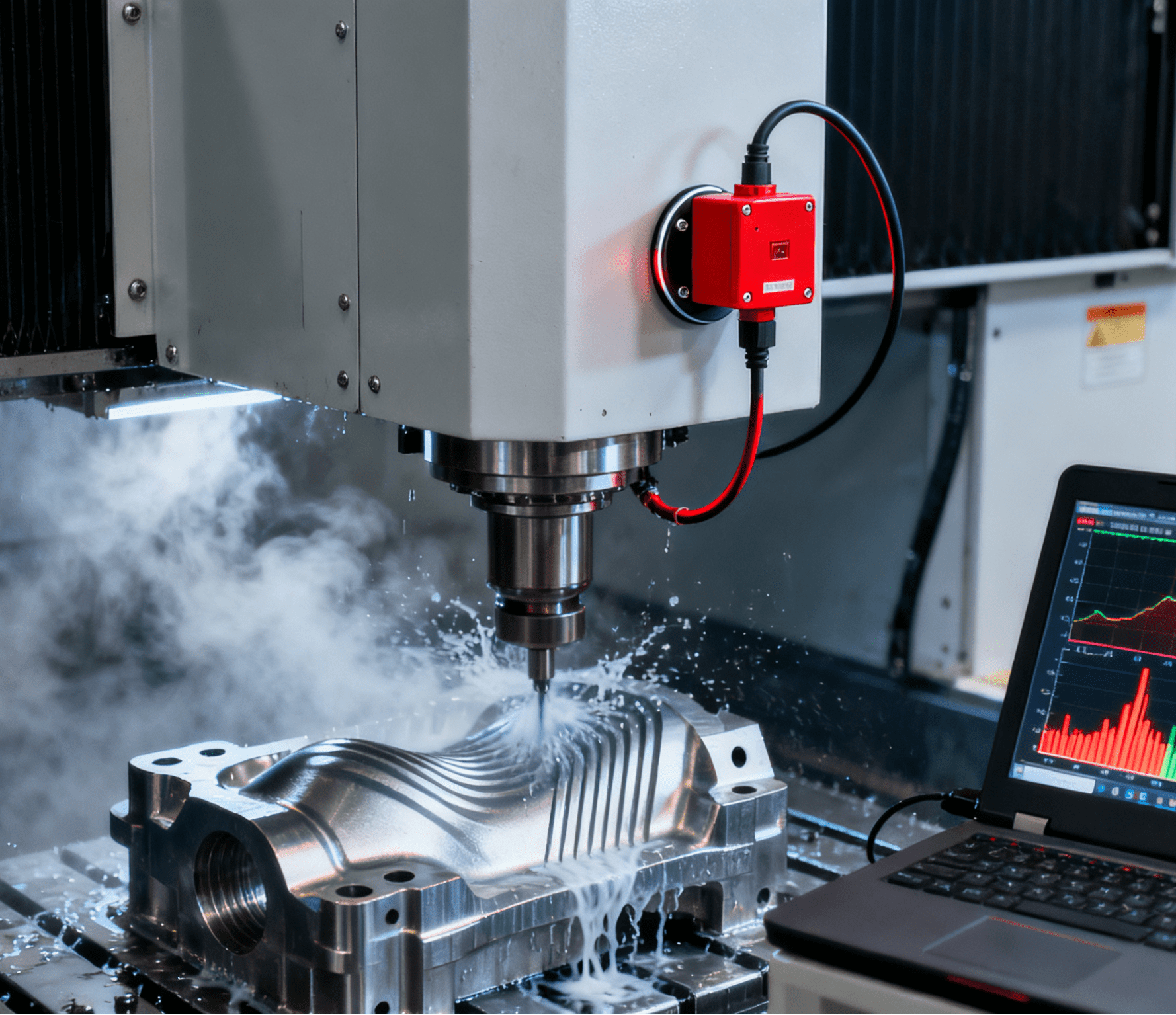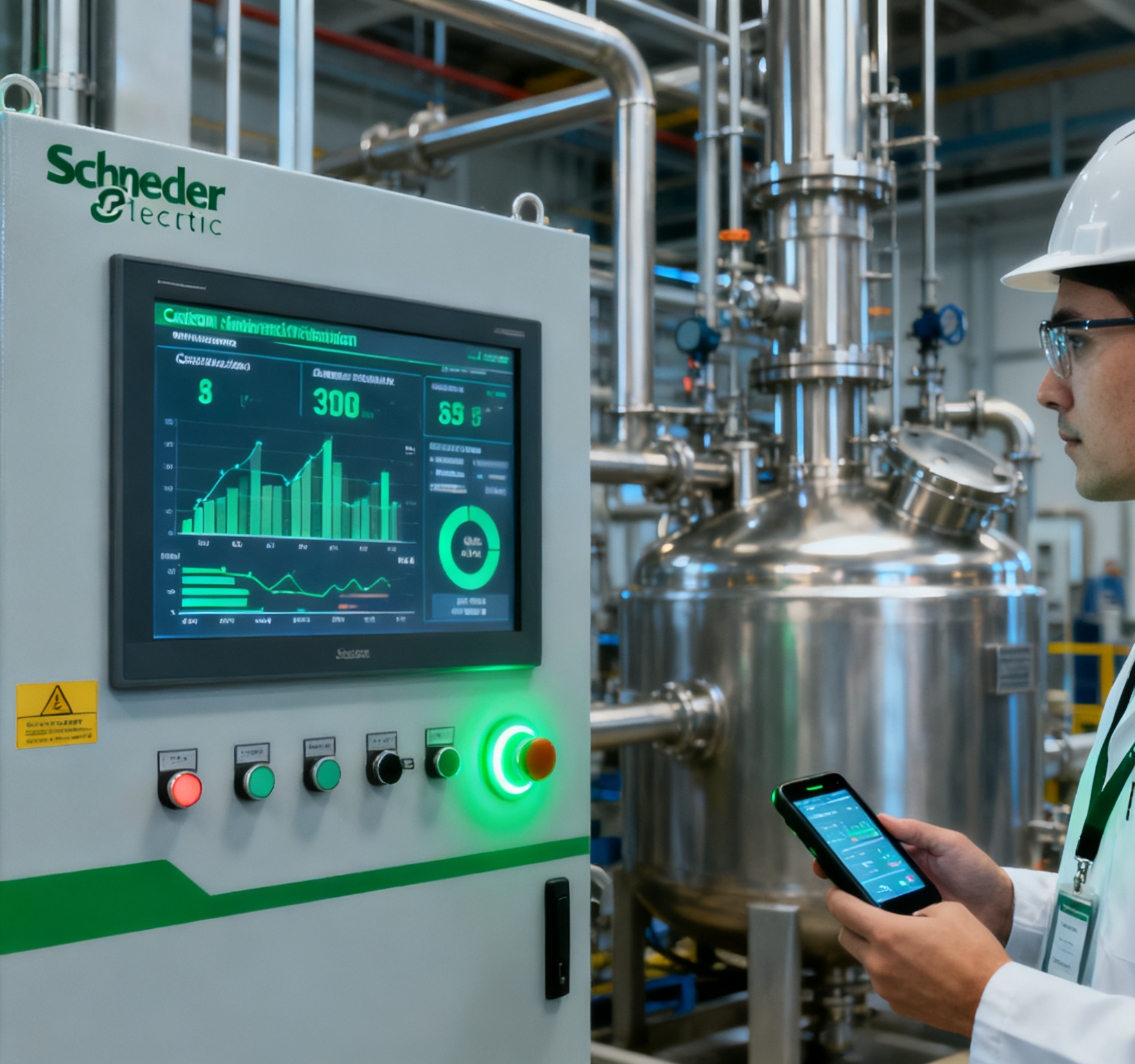
In fields such as high-end manufacturing, aerospace, and electronic equipment, the dimensional accuracy and surface quality of precision parts directly determine the performance of end products. As a core technical means to realize precision part manufacturing, precision CNC machining relies on digital control and precise execution capabilities, and provides support for the stable mass production of precision parts through standardized and modular process combinations. The selection and execution quality of its processes directly affect the precision compliance rate, structural integrity, and operational reliability of precision parts. The following will break down the core processes of precision CNC machining and their practical impacts.
CNC Turning Process: The Precision Cornerstone for Shaft Parts
CNC turning is a widely used basic process in precision CNC machining, mainly applied to the manufacturing of rotational precision parts such as shafts and sleeves. Through digital program control of the relative movement between the lathe spindle and the cutting tool, it processes the outer circle, inner hole, thread, conical surface, and other features of the workpiece.
The core impacts of this process on precision part manufacturing are reflected in two aspects:
Dimensional accuracy control: The pulse equivalent of the CNC system can reach the micrometer level, which can accurately ensure the key dimensional tolerances of parts such as diameter, length, and roundness, and avoid the accumulation of errors caused by manual operations.
Surface roughness optimization: By selecting tool materials and adjusting cutting parameters, the surface roughness of parts can be controlled within a low range, reducing subsequent grinding processes and improving the assembly adaptability and motion stability of shaft parts.
CNC Milling Process: The Forming Core for Complex Structures
CNC milling is suitable for the manufacturing of precision parts with planes, grooves, curved surfaces, and complex cavities. Relying on multi-axis linkage (3-axis, 4-axis, 5-axis) control systems, it realizes the precise cutting movement of tools in three-dimensional space.
Its impacts on precision part manufacturing focus on structural forming and precision coordination:
On one hand, it can accurately process complex geometric shapes to meet the demand for special-shaped structures of precision parts, such as the cavities of mechanical components and the mounting grooves of electronic parts.
On the other hand, multi-axis linkage technology can reduce the number of part clamping times, avoid errors caused by multiple positioning, and ensure the positional accuracy (e.g., parallelism, perpendicularity) of each machined surface of the part. This is particularly suitable for products with high structural correlation requirements, such as high-precision molds and aerospace parts.
CNC Grinding Process: The Final Guarantee for Ultra-Precision Machining
CNC grinding is the “precision upgrading” link in precision part manufacturing. It performs micro-cutting on the workpiece surface through a high-speed rotating grinding wheel, and is often used for finishing after turning and milling, or direct machining of ultra-precision parts.

The core value of this process lies in improving the ultimate precision and surface quality of parts:
It can control dimensional tolerances within the range of 0.01-0.05mm, meeting the strict requirements of ultra-precision parts, such as core components of instruments and gauges, and raceways of precision bearings.
It can eliminate machining marks left by previous processes, forming a smooth and uniform surface, reducing wear and friction loss during part use, and extending the service life of precision parts.
Drilling and Tapping Processes: Precise Support for Assembly Connection
Drilling and tapping are key auxiliary processes in precision part manufacturing to achieve assembly functions. Through the CNC system controlling the feed rate and speed of drills and taps, precise holes and threads are machined on parts.
Their impacts on precision part manufacturing are reflected in assembly adaptability:
Drilling can ensure the positional accuracy and hole diameter tolerance of holes, avoiding assembly jams caused by hole position deviations.
Tapping ensures the tight engagement between parts and connectors through precise thread machining, preventing loosening. This is especially suitable for parts that require frequent disassembly or load-bearing in electronic equipment and precision instruments.
As an important automation equipment in the post-machining assembly link, the Nut automatic assembly machine perfectly connects with the precision foundation laid by CNC drilling and tapping processes. It relies on high-precision positioning modules and torque control systems to automatically complete nut feeding, positioning, and tightening operations. By matching the thread precision of tapped parts, it not only ensures the consistency of assembly torque and the reliability of nut connection, but also greatly improves assembly efficiency compared with manual operations—especially in the mass production of auto parts, electronic components, and other products, it effectively avoids assembly errors caused by human factors and further enhances the overall quality of precision part manufacturing.
Electrical Discharge Machining (EDM): A Breakthrough in Machining Special Materials
Electrical Discharge Machining (EDM) is a special processing technology for precision parts made of high-hardness and high-toughness materials (such as cemented carbide and mold steel). It uses pulsed discharge between the electrode and the workpiece to generate high temperatures, eroding the material to form the required shape.
The unique value of this process lies in solving the machining problems of special materials without damaging the base performance of parts. Since there is no mechanical cutting force during processing, it can avoid deformation and cracks in hard and brittle parts. It is suitable for scenarios such as cavity machining of precision molds and complex hole machining of aerospace parts, providing more possibilities for the material adaptability of precision part manufacturing.
Process Coordination: The Key to Quality in Precision Part Manufacturing
The final effect of precision part manufacturing is not the independent role of a single process, but the coordinated cooperation of multiple processes. The combination of CNC turning and milling can complete the comprehensive processing of complex rotational parts; grinding process enhances the precision of key surfaces; drilling and tapping processes ensure assembly functions. The parameter matching (such as cutting speed, feed rate) and process connection of each link directly determine the overall quality of parts.
Reasonable process selection needs to consider the material, structure, precision requirements, and application scenarios of precision parts. Through digital simulation and process optimization, it can improve machining efficiency and reduce costs while ensuring precision. With the upgrading of CNC technology, the automation and intelligence level of processes continue to improve, further promoting precision part manufacturing towards higher precision, more complex structures, and more stable mass production.




















